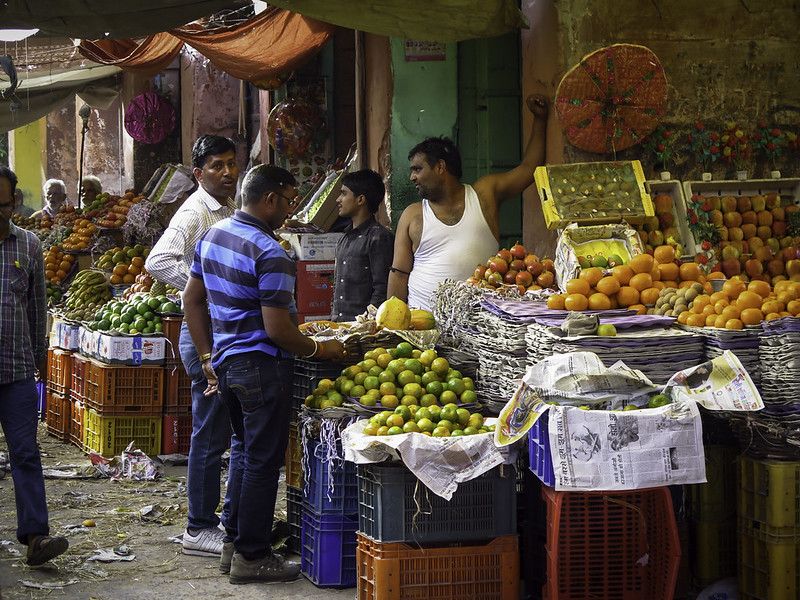Economic Growth and Trade in India
 India has transformed from a minor player to a formidable economic force in the global market over seven decades. The country’s trade journey reflects resilience, strategic foresight and transformative policy shifts. Starting with a modest trade volume in 1950, foreign trade in India has surged to about $776 billion in recent years.
India has transformed from a minor player to a formidable economic force in the global market over seven decades. The country’s trade journey reflects resilience, strategic foresight and transformative policy shifts. Starting with a modest trade volume in 1950, foreign trade in India has surged to about $776 billion in recent years.
Evolution of India’s Trade Policy
After gaining independence in 1947, India implemented a protectionist trade policy to foster domestic production and self-reliance, heavily regulating industries and maintaining high import barriers. This strategy emerged from India’s colonial history and its pursuit of economic independence. By 1948, India’s merchandise exports exceeded $1 billion, dominated by jute, cotton, oil seeds and tea, while imports focused on food grains and basic consumption goods. From the 1950s to the late 1980s, India operated under the ‘licence raj’ system, which required businesses to secure permits and adhere to production quotas. By the 1980s, the drawbacks of this model became evident, as the economy grew at a mere annual average GDP rate of 3.6% and the trade deficit widened significantly.
Shift Toward Economic Liberalization
In 1991, facing a severe balance of payments crisis, India dismantled the licence raj, liberalized trade and shifted toward a market-oriented economy. This change opened India to global trade and investment, sparking rapid growth in the services sector, especially information technology. In 1999, a World Trade Organization ruling required India to remove remaining import restrictions on consumer goods, further enhancing trade and economic efficiency. These reforms contributed to accelerated economic growth and significantly reduced poverty.
Impact of Recent Policies
The Foreign Trade Policy (FTP) of 2004-09 launched initiatives to support economic sectors, introducing the Vishesh Krishi Upaj Yojana for agricultural exports and the SEZ Act of 2005 to boost exports. However, the 2008 financial crisis significantly impacted global trade, leading to a decline in India’s exports. In response, the 2009-2014 FTP aimed to diversify exports to stabilize and reverse the downturn. Despite becoming the world’s fifth-largest economy in 2019, India recently adopted a more protectionist stance with initiatives like Atmanirbhar Bharat (Self-Reliant India) to reduce the trade deficit and promote domestic industries, while still seeking to attract foreign direct investment and integrate into global value chains.
Looking Ahead
Trade has significantly boosted India’s GDP growth, job creation and poverty reduction, yet challenges persist. The trade deficit, intense global market competition and the need for infrastructure improvements continue to be prominent issues. Moreover, bureaucratic red tape hampers economic progress and the COVID-19 pandemic has intensified these ongoing challenges. Despite these obstacles, India remains committed to trade reform and economic liberalization, promising sustainable development and inclusive growth across all societal segments.
– Sandeep Kaur
Sandeep is based in Manchester, UK and focuses on Business and New Markets for The Borgen Project.
Photo: Flickr
